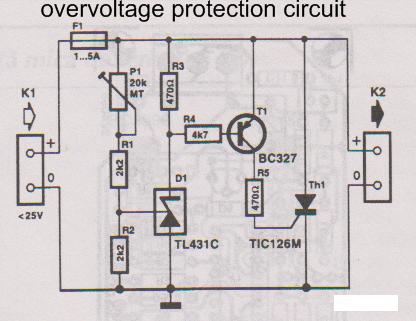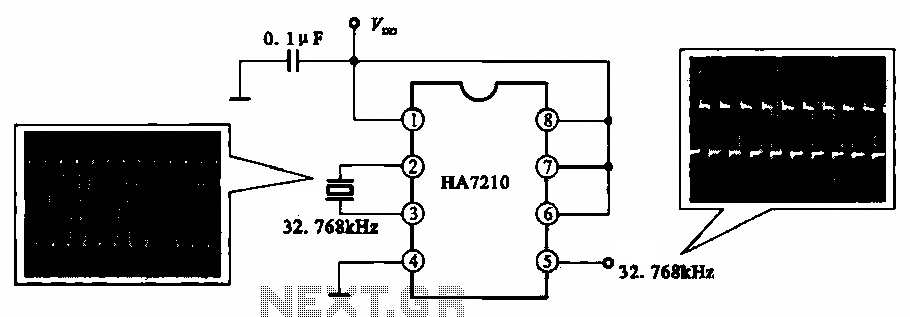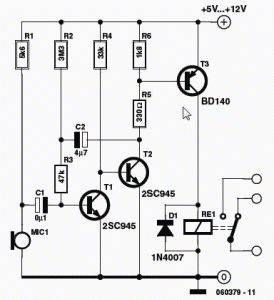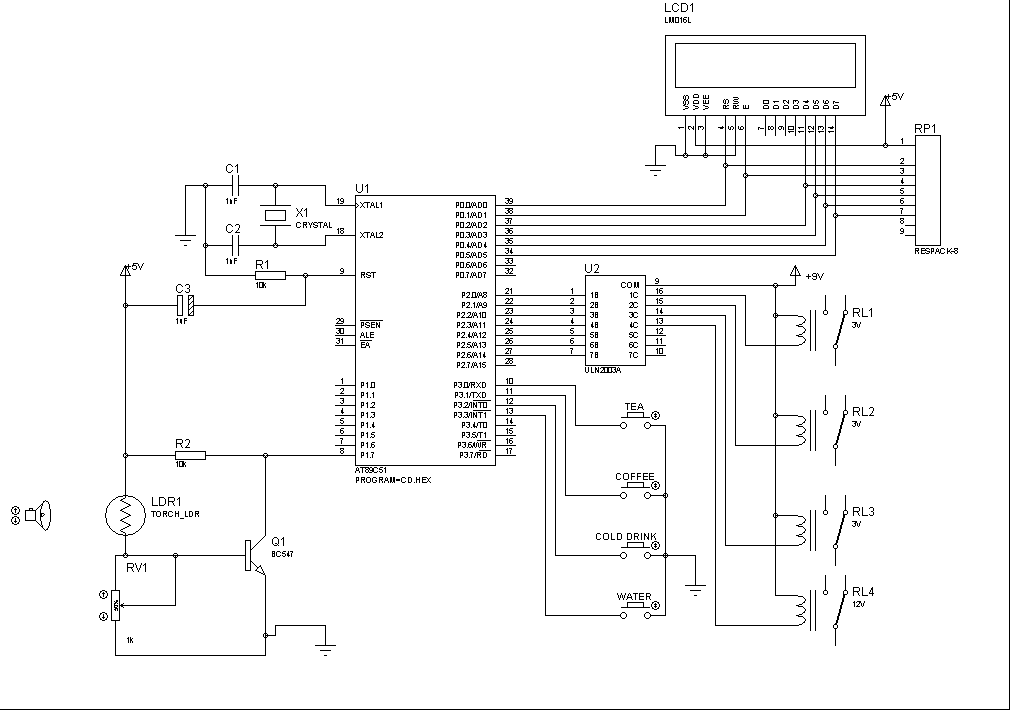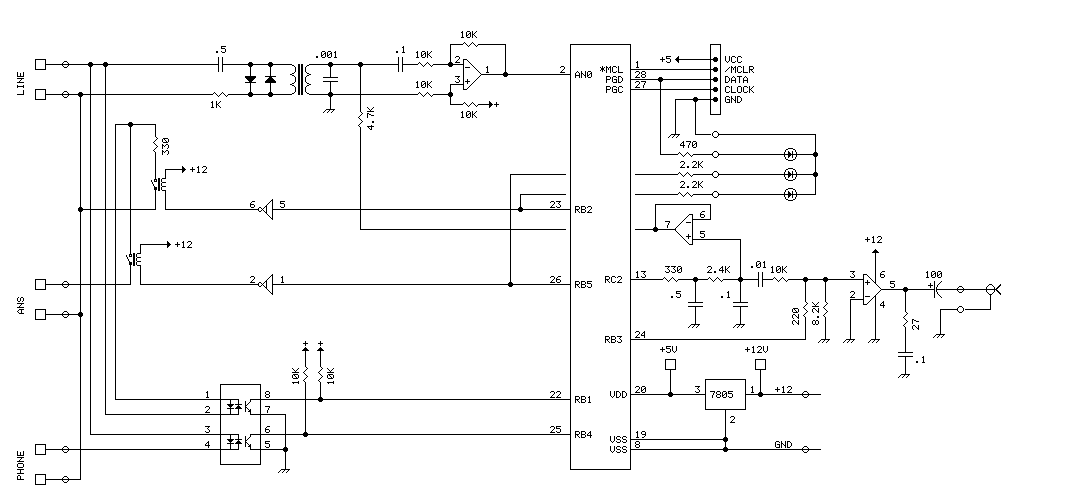
25kHz using thyristor inverter welding machine circuit
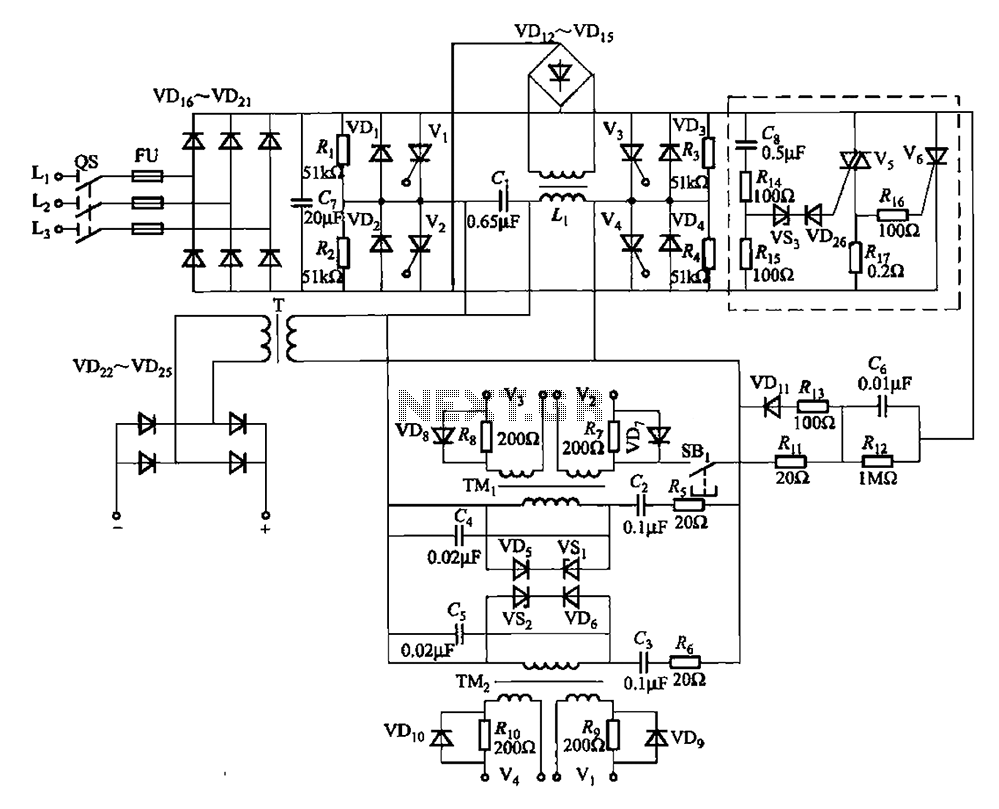
A 25kHz thyristor inverter welding machine circuit utilizes high-frequency operation to enable smaller transformer designs. The circuit diagram is illustrated in Figure 9-14. The no-load output voltage of the machine is 45V DC, with a peak voltage of 90V and a short-circuit current of 125A DC. The circuit consists of five primary sections: the power section (comprised of diodes VD16 to VD2, a filter capacitor C7, etc.), the inverter section (which includes diodes VDi to VD4, SCRs V1 to V4, resistors R1 to R4, capacitors, and inductors L1 and CL), the flip-flop section (featuring pulse transformers TM1 and TM2 along with associated RC components, diodes, and regulators), the output unit (which includes transformer T and diodes VD22 to VD25), and the arc suppression circuitry (composed of Triac V5, thyristor V6, regulator VS3, diode VD6, capacitor C8, and resistors R14 to R17).
The thyristor inverter welding machine operates at a frequency of 25kHz, which significantly enhances its efficiency and allows for a more compact transformer design compared to traditional welding machines. The power section is responsible for converting the incoming AC supply into a suitable DC voltage using a series of diodes and filter capacitors to smooth the output.
The inverter section plays a crucial role in converting the DC voltage back into high-frequency AC voltage, which is necessary for effective arc welding. This section utilizes silicon-controlled rectifiers (SCRs) and various passive components to manage the switching and control of the output waveform, ensuring a stable and consistent arc during the welding process.
The flip-flop section provides the necessary pulse signals to drive the inverter, utilizing pulse transformers and RC timing circuits to generate the required switching frequencies. This section is vital for maintaining the high-frequency operation of the inverter and ensuring that the welding process remains efficient.
The output unit is designed to deliver the high-frequency AC voltage to the welding electrode. It consists of a transformer that steps up the voltage as needed, along with diodes that rectify any back EMF generated during the welding process, protecting the circuit from potential damage.
Finally, the arc suppression circuitry is critical for preventing unwanted arcing and ensuring a smooth welding operation. It employs a combination of triacs, thyristors, regulators, diodes, capacitors, and resistors to manage the arc characteristics and maintain a stable welding arc.
Overall, this thyristor inverter welding machine circuit exemplifies advanced design techniques that leverage high-frequency operation for improved performance and reduced size, making it suitable for a variety of welding applications.25kHz using thyristor inverter welding machine circuit Using high frequency 25kHz, thyristor inverter arc welding machine, which can be smaller transformer, the circuit shown i n Figure 9-14. The machine no-load output voltage of 45V DC, 90V (peak), the short-circuit current of 125A DC. Circuit consists of five parts: Power section (by the diode VD16 ~ VD2 [filter capacitor C7 etc.), the inverter section points (by the diode VDi ~ VD4, SCR Vl-V4, resistor Ri-R4, capacitors and inductors Li CL, etc. composition), touch -flop (by a pulse transformer TMi, TMz and associated RC components, diodes, regulator etc.), an output unit divided (by the transformer T and the diode VD22 ~ VD25 etc.) and arc suppression circuitry (by the Triac V5, thyristor V5, the regulator VS3, diode VD, 6, capacitor C8, resistor R14 ~ Rl7 etc.).
The thyristor inverter welding machine operates at a frequency of 25kHz, which significantly enhances its efficiency and allows for a more compact transformer design compared to traditional welding machines. The power section is responsible for converting the incoming AC supply into a suitable DC voltage using a series of diodes and filter capacitors to smooth the output.
The inverter section plays a crucial role in converting the DC voltage back into high-frequency AC voltage, which is necessary for effective arc welding. This section utilizes silicon-controlled rectifiers (SCRs) and various passive components to manage the switching and control of the output waveform, ensuring a stable and consistent arc during the welding process.
The flip-flop section provides the necessary pulse signals to drive the inverter, utilizing pulse transformers and RC timing circuits to generate the required switching frequencies. This section is vital for maintaining the high-frequency operation of the inverter and ensuring that the welding process remains efficient.
The output unit is designed to deliver the high-frequency AC voltage to the welding electrode. It consists of a transformer that steps up the voltage as needed, along with diodes that rectify any back EMF generated during the welding process, protecting the circuit from potential damage.
Finally, the arc suppression circuitry is critical for preventing unwanted arcing and ensuring a smooth welding operation. It employs a combination of triacs, thyristors, regulators, diodes, capacitors, and resistors to manage the arc characteristics and maintain a stable welding arc.
Overall, this thyristor inverter welding machine circuit exemplifies advanced design techniques that leverage high-frequency operation for improved performance and reduced size, making it suitable for a variety of welding applications.25kHz using thyristor inverter welding machine circuit Using high frequency 25kHz, thyristor inverter arc welding machine, which can be smaller transformer, the circuit shown i n Figure 9-14. The machine no-load output voltage of 45V DC, 90V (peak), the short-circuit current of 125A DC. Circuit consists of five parts: Power section (by the diode VD16 ~ VD2 [filter capacitor C7 etc.), the inverter section points (by the diode VDi ~ VD4, SCR Vl-V4, resistor Ri-R4, capacitors and inductors Li CL, etc. composition), touch -flop (by a pulse transformer TMi, TMz and associated RC components, diodes, regulator etc.), an output unit divided (by the transformer T and the diode VD22 ~ VD25 etc.) and arc suppression circuitry (by the Triac V5, thyristor V5, the regulator VS3, diode VD, 6, capacitor C8, resistor R14 ~ Rl7 etc.).
Warning: include(partials/cookie-banner.php): Failed to open stream: Permission denied in /var/www/html/nextgr/view-circuit.php on line 713
Warning: include(): Failed opening 'partials/cookie-banner.php' for inclusion (include_path='.:/usr/share/php') in /var/www/html/nextgr/view-circuit.php on line 713
